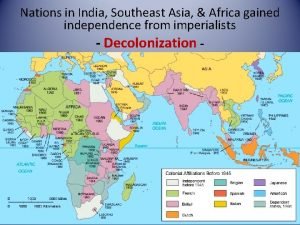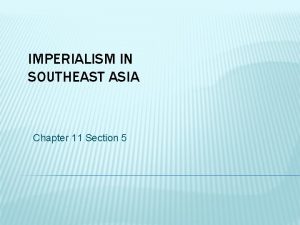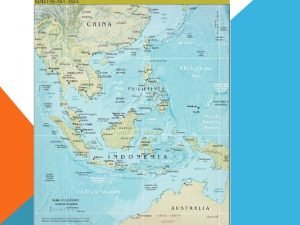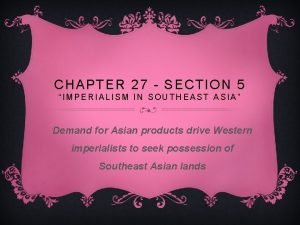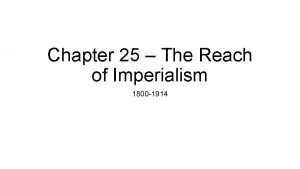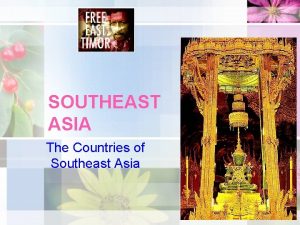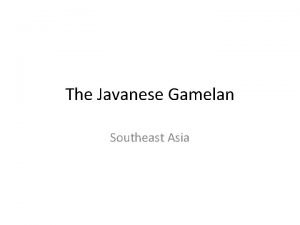Working with National Societies in Southeast Asia Alain








- Slides: 8

Working with National Societies in Southeast Asia Alain Aeschlimann Head of Operations East Asia, Southeast Asia and the Pacific, ICRC

Some issues of possible common strategic concern • Promotion of IHL and humanitarian issues in SEA • Strengthening understanding of Fundamental Principles with external actors • Strengthening of the Red response/pillar • Regional training • Integration of SEA NS staff into international operations • Strengthening the RFL network • Developing forensic response

Human Resources Collaboration 4 SEA NS supporting the PRC/ICRC action: Singapore RC, PMI 4 Health staff recommended by Philippine Red Cross 4 Types of support possibly provided Rapid Deployment mechanism Medical assistance RFL pool of experts Regional experts Secondment Duration, profile, conditions: open Support for recruitment Networks, professional circles …possibilities in the Logistics, Water/sanit

Way forward on HR collaboration 4 Wish to increase HR collaboration with SEA NS (short and long term missions) 4 Will to build on and if necessary invest in NS capacities 4 Current deployment mechanism through established RDUs (Finnish, Norwegian, Japanese, Hong Kong) but also interest in direct bilateral collaboration 4 Regional SEA IMPACT training (Singapore) or other (? ) 4 Which NS would be interested to further explore such collaboration? 4 What do NS leaders recommend as next steps? What to do to become concrete?

RFL challenges 4 New technologies (innovative approach) 4 Separation due to conflict/violence, natural disaster, detention, migration 4 Importance of disaster preparedness and contingency 4 Link to DM; issue of caseload, trained staff and volunteers 4 RFL and forensic activities

Forensic activities, part 1 4 ICRC Forensic expert based in Jakarta at disposal of delegations and NS: advice, training, techn, support àSupporting the forensic management and identification of human remains after conflict and catastrophes 4 Mapping of situation, national capacities, risks in the countries: identification of gaps, needs and contribution of the Movement 4 Development of policies and standards of best practice (legal framework): Philip. , Indon. , T Leste, Bougainville, Bengladesh

Forensic activities, part 2 4 Provision of tools for the management of human remains and related information facilitating victims identification (ICRC AMPM Database, ICRC manuals and reference documents) 4 Integration within DM/DP, defining role of NS (agreed by authorities), training of NS staff/volunteers, contingency (regional, national level)

Safer access framework (SAF) 4 Linking SAF with NS development (OCAC and CAS processes) and institutional preparedness
 Southeast asia urban model
Southeast asia urban model Chapter 21 section 1 landforms and resources answer key
Chapter 21 section 1 landforms and resources answer key Mainland of southeast asia
Mainland of southeast asia Is india southeast asia
Is india southeast asia Chapter 11 section 5 imperialism in southeast asia
Chapter 11 section 5 imperialism in southeast asia Mon khmer
Mon khmer Chapter 27 section 5 imperialism in southeast asia
Chapter 27 section 5 imperialism in southeast asia The reach of imperialism
The reach of imperialism Lesson 1 physical geography of southeast asia
Lesson 1 physical geography of southeast asia



